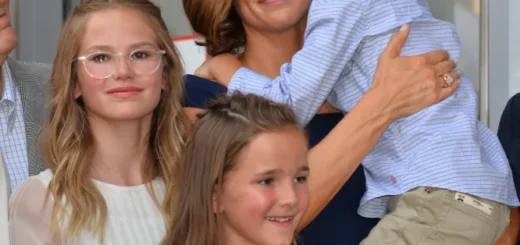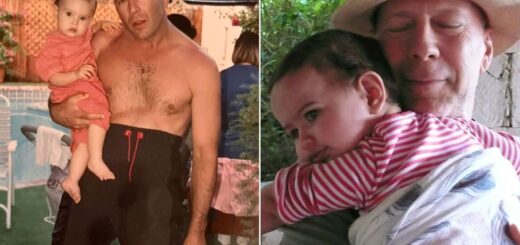Labubu Is Not Just a Toy: The Silent Emotional Decay We Are Handing Our Children
I bought them for my nieces—who watched them every day on TikTok, on Reels, on Shorts, on YouTube Kids.
There wasn’t a video without Labubu. No trend without it. Nothing “cool” without it.
And, to be honest, I bought a few for myself too. For the bags. For the “aesthetic.”
But one day, while carrying it hanging from my bag, something happened that I didn’t expect:
I was repulsed.
It wasn’t cute anymore. Not beautiful. Not funny.
It was… cold. Empty. Strange. Suspicious.
Labubu’s face looked at me with an expression I can’t easily explain.
There was nothing sweet about it.
Nothing loving.
Nothing that invited a hug or warmth.
It was a “stuck” expression.
Cold like an embrace you don’t want.
Sad like a child who doesn’t know what they’re feeling.
Silent like a scream no one hears.
And I thought:
How is this the most popular toy among children today?
Why do I feel this emotional discomfort from a toy that, on paper, is supposed to be simply entertaining?
Because Labubu is not a toy.
It’s a symptom.
A symptom of a society that has started walking in darkness with its eyes closed.
A symptom of an age where feelings are no longer understood, only purchased.
A symptom of an adult world that has filled itself with so much pain that pain now looks like normality.
I’ve said it: Labubu is not for children.
Because children don’t need to touch the sadness, the anxiety, the loneliness that some adults never learned to cope with.
They don’t need faces that don’t express but entangle.
They don’t need blurred expressions that adults label as “emotionally deep.”
Labubu is the mistake we are injecting into our children as a gift.
It’s the “friend” that doesn’t know how to speak.
The “doll” that doesn’t inspire, doesn’t comfort, doesn’t soothe.
It’s a confused expression carried around as a “trend,” when in reality it is the labored breathing of an emotionally suffocating world.
And we place it in the child’s hand as if it were something beautiful, innocent.
When in truth, Labubu is a silent expression that says: “I’m not okay either.”
And the child holds it… not knowing what message they are embracing.
Don’t be fooled by the “cute” shapes.
Inside every Labubu is an unresolved emotion.
A pain packaged in soft colors.
An emptiness hovering like a dark cloud over the child’s spirit.
A feeling that serves not for play, but for confusion.
Children were not born to play with the “beauty of sadness.”
They were not born to understand “the conceptual.”
They were born to laugh. To build. To imagine.
Not to look every day into eyes that adults themselves haven’t learned to explain.
We are handing our children our wounds, disguised as toys.
And this is a silent crime.
They call it a “trend”—but in fact it is a quiet slide into emotional disarray.
They say “everyone likes it”—but in truth it only reflects what everyone is missing.
True love.
Pure play.
Free expression.
Color without sorrow.
Labubu is not the problem itself.
The problem is us, who never ask what lies beneath a trend.
We buy it, share it, hang it on a bag, hand it to a child without a single moment of reflection.
And tomorrow, when that child grows up emotionally confused, we will ask:
“Why are they so closed off?”
Because we paved their path with toys that cried silently.
With dolls that never smiled.
Yes, I bought it for my nieces. I bought it for myself.
But I won’t keep it on my bag anymore.
Because I don’t want to carry sadness as an accessory.
I don’t want to feed children the entanglement our society cannot resolve.
And I don’t want to be part of a world that calls “cool” the faces that only look miserable.
Childhood does not need Labubu.
It needs warmth.
It needs living people, not hollow toys.
It needs real love, not sorrowful trends.
Because one day, when these children grow up with this kind of toy—
They won’t know how to laugh or cry.
They will simply stay silent. Like Labubu.


